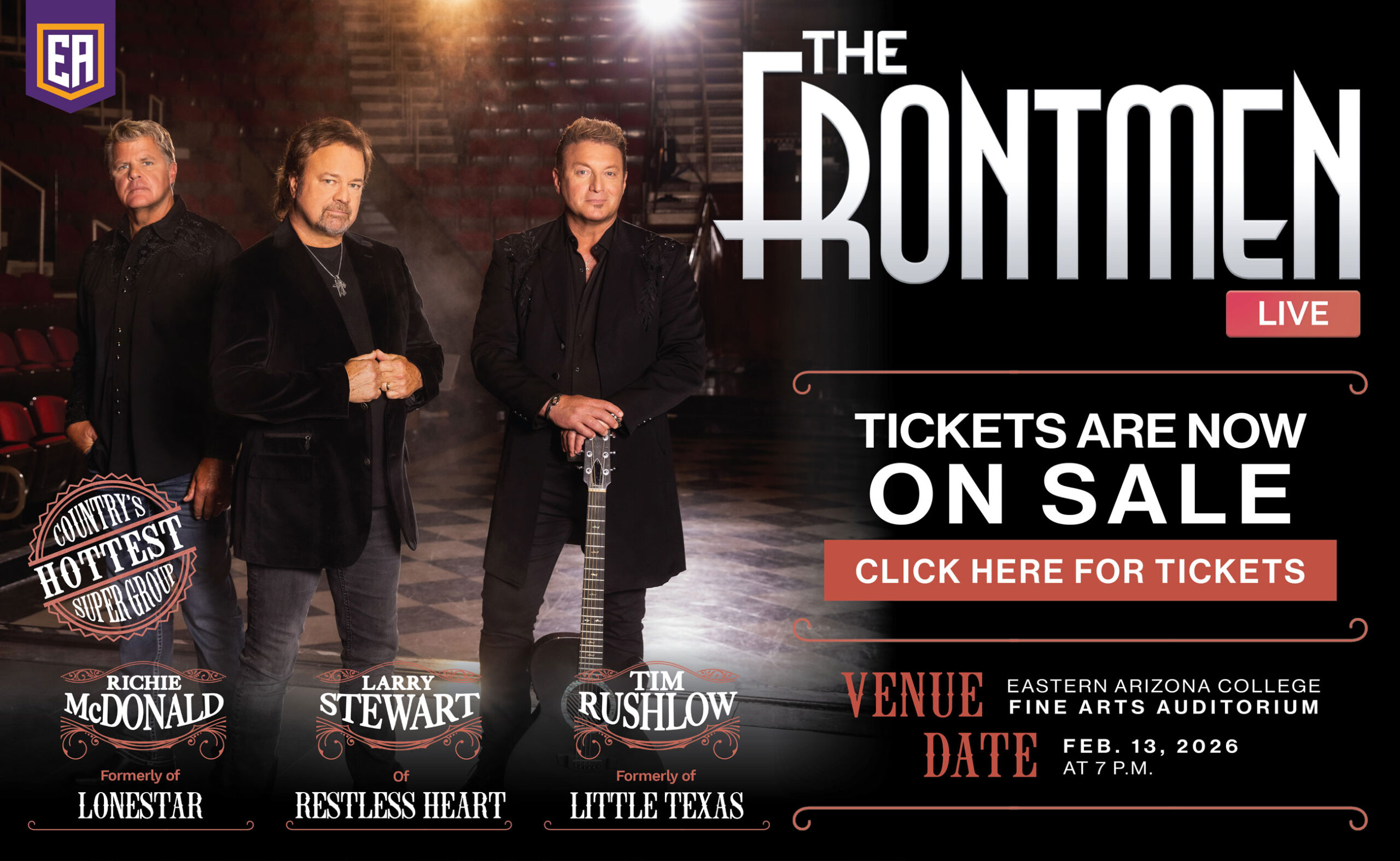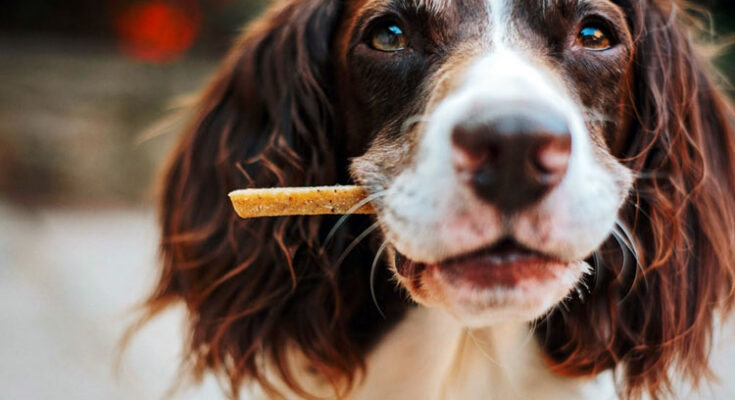The loss of a beloved dog can stir some of life’s heaviest emotions, leaving behind an emptiness that feels impossible to explain. For many, it is as painful as saying goodbye to a family member or closest friend, because the love shared with a pet is nothing short of unconditional. Dogs may not speak in words or share laughter in the way humans do, yet their loyalty and the memories they create often feel even more profound. During these moments of grief, one question seems to echo in countless hearts: where do dogs go when they die? The hope that they have moved on to a peaceful, safe place offers comfort when sadness feels overwhelming.
Why the Bond With Dogs Feels Unbreakable
It is easy to see why losing a dog feels so devastating. Dogs are not just pets; they are companions that shape daily life. They greet us at the door, keep us company in quiet moments, and provide joy in ways that are both simple and profound. Their presence becomes woven into daily routines, from morning walks to evening snuggles, making their absence all the more noticeable.
Studies even show that the human brain reacts to pets much like it does to loved ones, releasing oxytocin and other bonding chemicals. That is why the grief of losing a dog is not just emotional but physical, impacting sleep, appetite, and energy. To question what happens after their passing is not only natural but a reflection of just how deep that connection runs.
Different Beliefs About the Afterlife for Dogs
Around the world, people hold very different ideas about what happens after death, and those beliefs extend to pets as well. Some faith traditions teach that animals, like humans, have a soul that continues on. Others view pets as part of nature’s cycle, returning to the earth in a way that is both symbolic and beautiful.
- Christian perspectives often include the idea of animals in heaven, with passages suggesting a new creation where peace exists among all creatures.
- Buddhist traditions sometimes describe animals being reborn, continuing the cycle of existence.
- Native beliefs in many cultures consider animals to be spirit guides or beings with eternal energy.
- Secular views might not focus on an afterlife but instead find meaning in the way pets continue to live on in memory, in the impact they had, and in the joy they brought.
No matter the belief system, the common thread is hope. Hope that the love shared with a dog does not simply vanish but continues in some form.
The Rainbow Bridge: A Symbol of Comfort
One of the most popular ideas about pet afterlife is the Rainbow Bridge. The imagery is simple yet deeply moving: a lush meadow where pets run free, healthy and whole again, waiting patiently for their humans to join them one day. While not tied to any official religion, this concept has become a source of healing for countless grieving pet owners.
The idea of the Rainbow Bridge resonates because it mirrors the unconditional loyalty dogs are known for. The thought of a faithful friend waiting, eager to reunite, provides a sense of peace when everything else feels uncertain. It shows how powerful stories can be when people search for comfort after a painful loss.
Why People Ask the Hard Questions
The grief after losing a pet often sparks deep, existential questions. It is not just about curiosity; it is about coping. Wondering about the afterlife of dogs allows people to reframe their pain, to imagine their pet not as gone forever but existing somewhere beyond suffering.
This process is part of what psychologists call continuing bonds. Instead of letting go of a lost loved one entirely, many find comfort in maintaining a spiritual or symbolic connection. Lighting a candle, talking to a pet in prayer, or imagining them safe in another realm are ways of keeping that relationship alive in a healthy and healing manner.
Signs and Stories That Bring Comfort
Many grieving pet owners share experiences that make them feel as though their dog is still near. Some describe hearing the sound of paws in the hall or feeling a familiar presence at night. Others recall dreams so vivid they believe their pet visited them.
Skeptics may dismiss these moments as wishful thinking or the brain’s way of processing grief, but for those who experience them, the comfort is real. Such stories highlight the powerful bond between humans and dogs, one that often feels too strong to be broken by death.
The Role of Memory in Healing
Even without a clear answer about the afterlife, memories themselves hold incredible power. A favorite toy, a worn collar, or a photograph can spark stories that keep a dog’s spirit alive in daily life. These tangible reminders serve as bridges between the past and the present, offering comfort when sadness feels heavy.
Some families choose to honor their pets with memorials, shadow boxes, or even paw print keepsakes. Others plant trees or create small gardens as living tributes. These acts of remembrance provide a way to channel grief into something meaningful, ensuring that a pet’s life is celebrated rather than forgotten.
Why It Feels Like Dogs Deserve an Afterlife
One of the strongest arguments people make for dogs having an afterlife is simply the goodness they bring to the world. Dogs embody loyalty, joy, and forgiveness in ways that humans often strive for but rarely achieve. Their companionship teaches patience, responsibility, and unconditional love.
Many find it hard to accept that such pure beings could simply vanish with no continuation. The belief that they move on to a better place feels almost necessary, as if it balances out the heartbreak of loss by ensuring their spirit is rewarded for the happiness they gave.
Helping Children Understand
When a family pet dies, children are often the most visibly affected. They may ask blunt questions about what happened and whether they will ever see their dog again. This is where gentle explanations matter.
Some parents turn to faith-based teachings, while others focus on the Rainbow Bridge or the idea of a peaceful resting place. What matters most is honesty paired with reassurance. Allowing children to express sadness, share stories, and create their own rituals of remembrance can help them process grief in a healthy way.
Grief Has No Timeline
One of the most important truths about losing a pet is that healing does not follow a schedule. Some find peace within weeks, while others carry the weight for months or years. Neither path is wrong. Grief is as individual as the bond itself.
For those struggling to cope, support groups, pet loss hotlines, and therapy can offer guidance. Talking with others who understand the depth of pet loss can be incredibly validating, especially in a world where some may dismiss the grief as “less than” the loss of a human. The reality is that grief is measured by love, not by species.
Finding Personal Meaning
Ultimately, whether someone believes in heaven, reincarnation, the Rainbow Bridge, or simply the power of memory, the goal is the same: to find peace in the loss. Each person’s answer to the question of a pet’s afterlife may look different, shaped by their beliefs, culture, and experiences.
What unites all grieving dog owners is the desire to know that the love shared was not in vain. Even without a definitive answer, the way a dog’s presence transforms life leaves behind an undeniable legacy. That legacy itself can be seen as a form of immortality.
Final Thoughts
Saying goodbye to a beloved dog is one of life’s hardest experiences, because it feels like losing a part of the heart. Yet love that is strong does not simply disappear. Whether one believes in a spiritual afterlife or finds comfort in the lasting power of memory, there is reassurance in knowing that the bond with a pet endures.
The question of what happens after death may never have a universal answer, but the search for comfort itself reflects the depth of connection between humans and their dogs. Grief may soften with time, but the love remains, reminding us that some bonds truly last forever.











